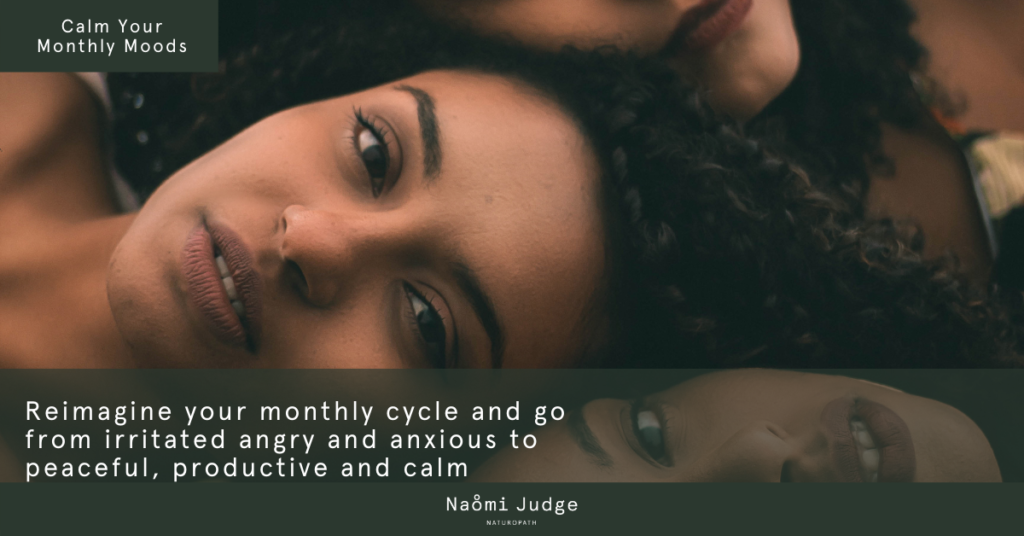Could you have low cortisol and not even realise it? Many people who test their stress hormone levels find that cortisol is on the lower side. This can be a result of chronic stress, inflammation and more.
When I’ve tested my levels and found they were low, there were several little symptoms that flew under the radar. So I thought I’d share the sneaky signs of low cortisol that you might have as well.
Sneaky symptoms of low cortisol
As a naturopath and nutritionist, I test my hormones at least once per year. When I’ve been under stress or not taking care of myself as well as I could, I like to know what my levels are doing so I can rebalance them.
Back in 2018, I got a set of results that found low cortisol. This surprised me, as I’d actually been looking after myself relatively well. For example, I’d stopped waking up at 4-4.30am and allowing myself to sleep until 5-6am. I’d start my day with yoga, instead of getting straight into work.
But when I started to look back over my symptoms, a lot of little things popped up that I realised were due to the drop in cortisol.
Remember that these can be signs of other health concerns, or it could be that cortisol is only partly to blame. The best way to know for sure is to test your cortisol levels.
Black circles under the eyes
One of the most obvious signs I had was a dark ring under my eyes. It started in the corner by my nose, and spread across the face from there.
You might find this pops up when you’re particularly tired or had a long day as well. It can also be a sign of dehydration, which we’ll talk about further down.
Extreme fatigue and lethargy
The next sign was a strange feeling. It was like depression, but with more fatigue and apathy. I was so flat and tired that I wasn’t even capable of doing anything. This extreme fatigue is common with low cortisol levels, particularly when the thyroid is involved.
Immune issues
Another common sign of low cortisol is little immune issues and flare-ups. Depending on your body, this could be in the form of:
- Thrush flare-ups
- Fungal infections
- Mouth infections
- Sinus infections
- Throat infections
But the interesting thing about these infections is that they never fully take hold. Instead, they pop up for a few days and then vanish for a while, or they never quite hit ‘sick’ but the subtle symptoms stick around.
For me, it was a gritty feeling in my left eye. I had it checked and there was nothing there – but it felt like it was! As soon as I took care of my cortisol, the feeling disappeared.
Headaches
Another big one for me was a real aching headache in the forehead area. It was particularly bad after exercise because I would further deplete my minerals. Although it is not a migraine-level pain, it is draining and you feel like you can’t do anything.
Constant dehydration
One side effect of dropping cortisol is dehydration. But unlike regular dehydration, this is due to the loss of minerals such as sodium and potassium.
For me, this was noticeable when I was going for long walks for 1.5-2hrs and getting a headache after every walk. I realised I was drinking too much on my walks – about 1-1.5L of pure water. Instead, I switched to a 500ml bottle, and added some salt, and the headaches disappeared!
You may notice this in a thirst that can’t be satisfied with plain water. Your body needs minerals to hold onto water and direct it to where it is needed. Without these minerals, water will pass straight through you, so you remain dehydrated.
Dizziness
Finally, dizziness is a big one for cortisol – particularly if you feel dizzy upon standing. Or you may get a faint, woozy feeling in your head when you wake up in the morning. This can be partially low blood pressure as well.
How can I support my cortisol levels?

The simplest way to see if cortisol might be an issue for you is to use this little hack:
When your symptoms are flaring or first thing in the morning, have a cup of salt water.
Add 1/4 tsp of good-quality sea salt or river salt to a small cup of water. If you find your symptoms ease, it’s likely that your blood pressure (and likely your cortisol) is to blame.
If you are exercising for longer periods of time or sweating a lot, you also want to replace other minerals as well. For example, you might add a little orange juice for some potassium. It’s best to avoid sugary sports drinks as they have a lot of sugar and additives. That’s why I prefer making up my own electrolyte mix.
I also like to do some vitamin C therapy to buffer cortisol levels. This is best done under the supervision of a practitioner, as it involves high doses of vitamin C short-term.
Of course, low cortisol is a sign of something bigger going on. This may just be chronic stress that needs to be addressed, but it could also be a widespread hormone imbalance. That’s why it’s best to work with a naturopath or nutritionist to identify the underlying issues.
Balanced stress hormones are just one of the pillars we need to feel calm and collected!
If you feel like your moods are all over the place, your brain is permanently foggy and your hormones are driving you crazy, Calm Your Monthly Moods is for you. In just 6 weeks, we can take you from fed up and freaking out to grounded, energised, and able to take on anything life throws at you.



